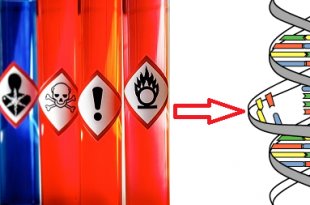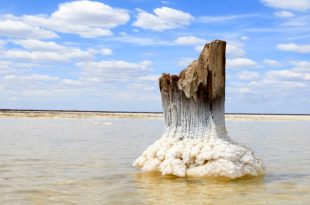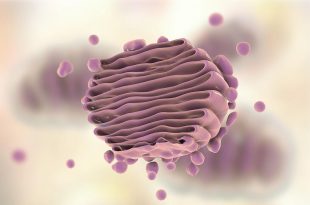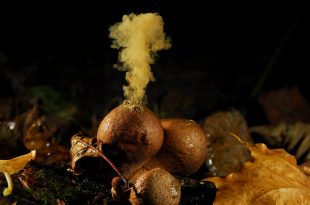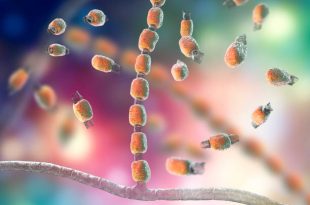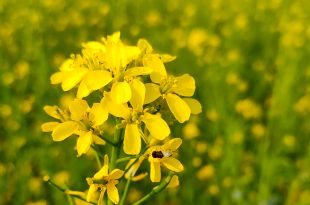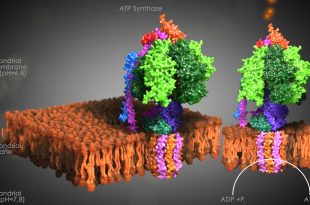Mutation breeding or mutagenesis is one of many great inventions of the 20th century. Until …
Read More »Masonry Layout
Archaea: Definition, Characteristics, Classification and Importance
Archaea are single celled organisms without a nucleus and with distinct structural, physiological and evolutionary …
Read More »River Ecosystem in Bangladesh: Bangshai River (PART 1)
Do you know what an ecosystem actually is! What is it’s types, components, threats towards …
Read More »Golgi Apparatus: The Traffic Police of Cell
Golgi apparatus is ubiquitous in cells. They are found in living cells of both animals …
Read More »Mutation Breeding: Definition, History & Types
If you are a fan of Marvel comics, you have almost certainly seen the movie …
Read More »Fungi: Sexual Reproduction
Fungi are microscopic/macroscopic eukaryotic and heterotrophic organisms exhibiting growth on various natural and synthetic substrates …
Read More »Fungi: Asexual Reproduction & Reproductive Structures
The fungi constitute a group of living organisms devoid of chlorophyll. They resemble simple plants …
Read More »Pollination: Introduction, Types and Conditions
Pollination is a very significant process of reproduction in plants. Creating offspring for the next …
Read More »Malthus’ Law & How It Catalyzed Darwin’s Thought
Five years with nature aboard, the Beagle destroyed Darwin’s faith in the fixity of species. …
Read More »ATP Synthase: World’s Smallest Motor
Ever wondered that your very own body might contain a motor like the one we …
Read More » Plantlet The Blogging Platform of Department of Botany, University of Dhaka
Plantlet The Blogging Platform of Department of Botany, University of Dhaka
